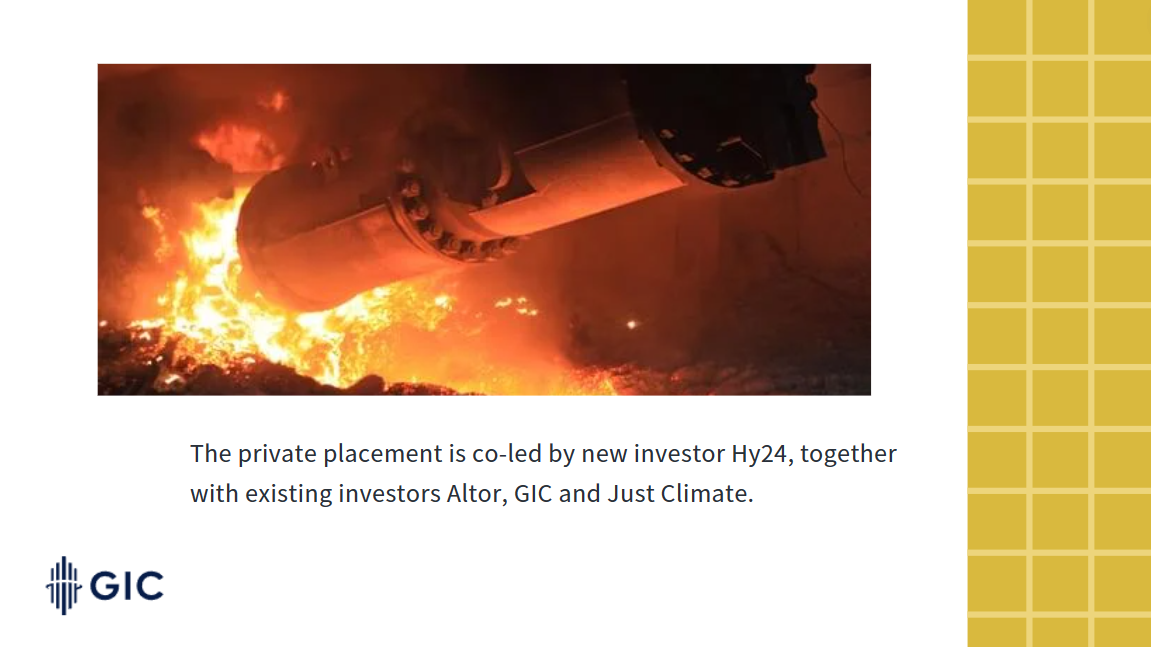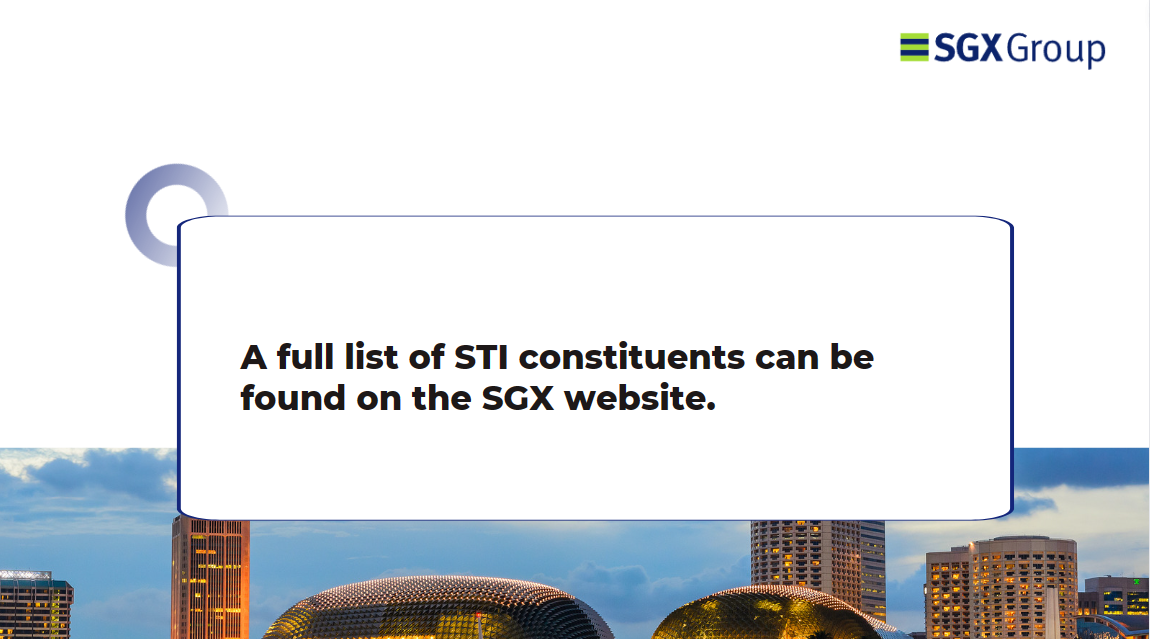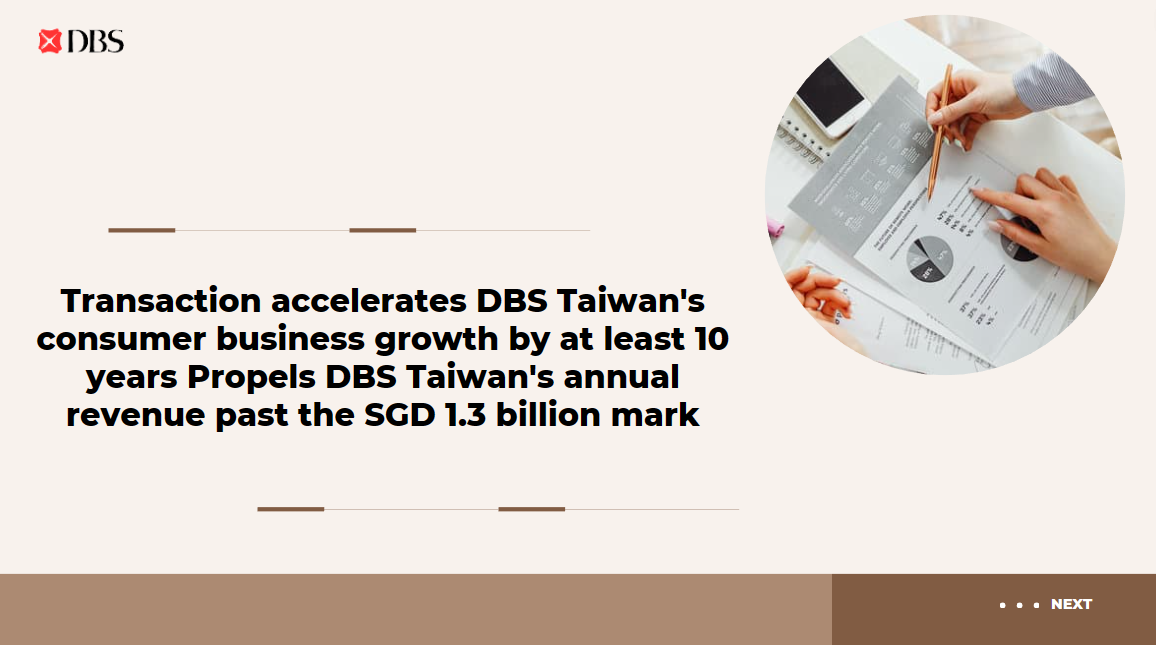Regulator's Column: Developing and executing a credible climate transition plan
The urgent need for climate action has come to the forefront of public consciousness. Globally, governments, companies and organisations are stepping up in response. More than 100 governments representing at least 90% of global GDP have committed to net-zero decarbonisation targets [1]. Singapore has likewise committed to net-zero emissions by 2050. Policy and regulatory changes, such as the implementation of carbon taxes, have followed these commitments. For companies, the incoming impact of public policy and of climate change itself means they will need to transition their business activities towards a low-carbon economy.
Sustainability reporting requirements are a key pillar of the response to the climate crisis. The objective of climate-related sustainability disclosure standards is to guide companies on how to explain the financial impact of climate change on their business. This will help companies better manage the associated risks and opportunities. Companies’ transition plans will naturally be one aspect of required disclosures.
The inaugural IFRS Sustainability Disclosure Standards (ISSB Standards), which ask for information about a company’s climate transition plan as part of its strategy [2], were published in June 2023. These standards build on the recommendations of the Task Force on Climate-related Financial Disclosures (TCFD), which published explicit guidance on transition plans in October 2021 [2]. The International Organization of Securities Commissions (IOSCO) has endorsed the ISSB Standards as an effective and proportionate global framework for investor-focused sustainability reporting.
Major jurisdictions are also rolling out sustainability reporting standards that include disclosures of transition plans. In Europe for example, the recently published European Sustainability Reporting Standards (ESRS) E1 on climate change [3] requires companies to report on details of their climate transition plan.
In Singapore, Singapore Exchange Regulation (SGX RegCo) expects to consult on any amendment to the Listing Rules to align sustainability reporting requirements with the ISSB Standards by the end of the year. In finalising its recommendations by 2024, SGX RegCo will also consider the feedback received by the Sustainability Reporting Advisory Committee during its public consultation to mandate climate-related disclosures for Singapore-incorporated companies.
Given these global developments, companies with robust transition plans that are well disclosed will stand a better chance of maintaining access to capital markets, including benefitting from green and transition finance. Companies will also find it easier to plug into global supply chains if they are able to meet international supplier due diligence requirements.
This Regulator’s Column highlights three key elements of developing, executing and disclosing a credible climate transition plan.
Developing, executing and disclosing a climate transition plan
A company’s climate transition plan outlines a company's strategy to respond to climate-related risks and opportunities, and to build long-term resilience into its business model.
Developing and executing a climate transition plan will help companies think through ways to mitigate risks arising from the transition to a low-carbon future, including regulatory and reputational risks. Creating a transition plan is an involved process, and getting started early will facilitate a smoother transition to reporting against the ISSB Standards.
While the details of each company’s specific strategies and measures may vary significantly to reflect its unique circumstances, there are three key attributes common to credible transition plans.
1. Comprehensive understanding of material climate-related risks
Companies can begin development of a credible climate transition plan by seeking a deep understanding of the sources, severity, and likelihood of material climate risks to their business prospects. Such climate risks comprise both physical (acute and chronic) and transition risks [4]. Identifying and understanding the material risks and their interdependencies allow the company to concretely evaluate key business decisions and formulate a sound, strategic response to mitigate these risks.
Companies will likely have to engage with a full range of stakeholders to refine their understanding of the risks across the value chain. Assessing risks at the asset level is crucial, especially for companies operating in capital-intensive industries.
2. Strong governance structures to ensure accountability for resourcing, financing, and executing the transition plan
Transition plans need a clear governance structure, lines of accountability, and appropriate incentives to drive implementation. Formal oversight from the board of directors and senior management should set the right tone at the top. There should be accountability at all levels, supported by an appropriate incentive structure and capacity building to equip relevant personnel with the necessary skills and knowledge. This will ensure that the entire organisation has the necessary impetus and resources to drive the transition at every level.
Next, companies need to think through how to obtain and allocate the resources and financing needed to achieve their transition objectives. A credible transition will require changes in business operations, which in turn requires a corresponding dedication of resources. While details will change over time, there should be some indication of how the entity intends to resource and finance the plan into the long term.
3. Monitoring of actionable, science-based near- and long-term decarbonisation targets
A strategic plan will require setting credible decarbonisation targets. The trajectory of such targets should be based on the latest climate science. This ensures that targets are actionable and consistent with a global policy environment where the global economy reaches net-zero emissions by 2050 and global average temperature rise is limited to 1.5⁰C in 2100. A science-based approach further refines the company’s understanding of climate-related risks, sensitivity to key assumptions used, and the potential solutions available to it.
As the low-carbon transition will take place over long time horizons, companies should outline processes and metrics to track progress against the transition plan. This involves monitoring how greenhouse gas emissions change over time, attributable to actions taken as part of the transition plan. Companies should disclose forward-looking metrics, such as projections of emissions reduction over multiple time horizons, to create interim targets that drive implementation in the short and medium term. Stakeholders such as capital providers would also benefit from being able to track these forward-looking metrics to better understand the expected effect of the entity’s transition strategy, and benchmark targets against actual progress.
Conclusion
The importance of futureproofing against the effects of climate change cannot be overstated. Governments and companies across the world are innovating to take advantage of opportunities and mitigate risks from climate change. Those who fall behind risk being cut off from global cross-border supply chains and capital markets.
While many companies have begun to show greater transparency by disclosing emissions data and their material environmental, social, and governance (ESG) factors, many have yet to formulate and communicate a credible climate transition plan. Disclosure of such transition plans is important to fulfil the growing interest from investors and other stakeholders on how the company intends to meet its climate ambitions. It can be an extremely effective tool to provide transparency on a company's business and risk management strategies, and demonstrate resilience against climate change.
As developing and executing a credible transition plan will be challenging, companies are not expected to have sophisticated transition plans from day one. Like other aspects of business strategy, transition planning is an iterative process. Yet, it is imperative that companies start strategising as soon as possible and work towards a sustainable future.























































First, please LoginComment After ~